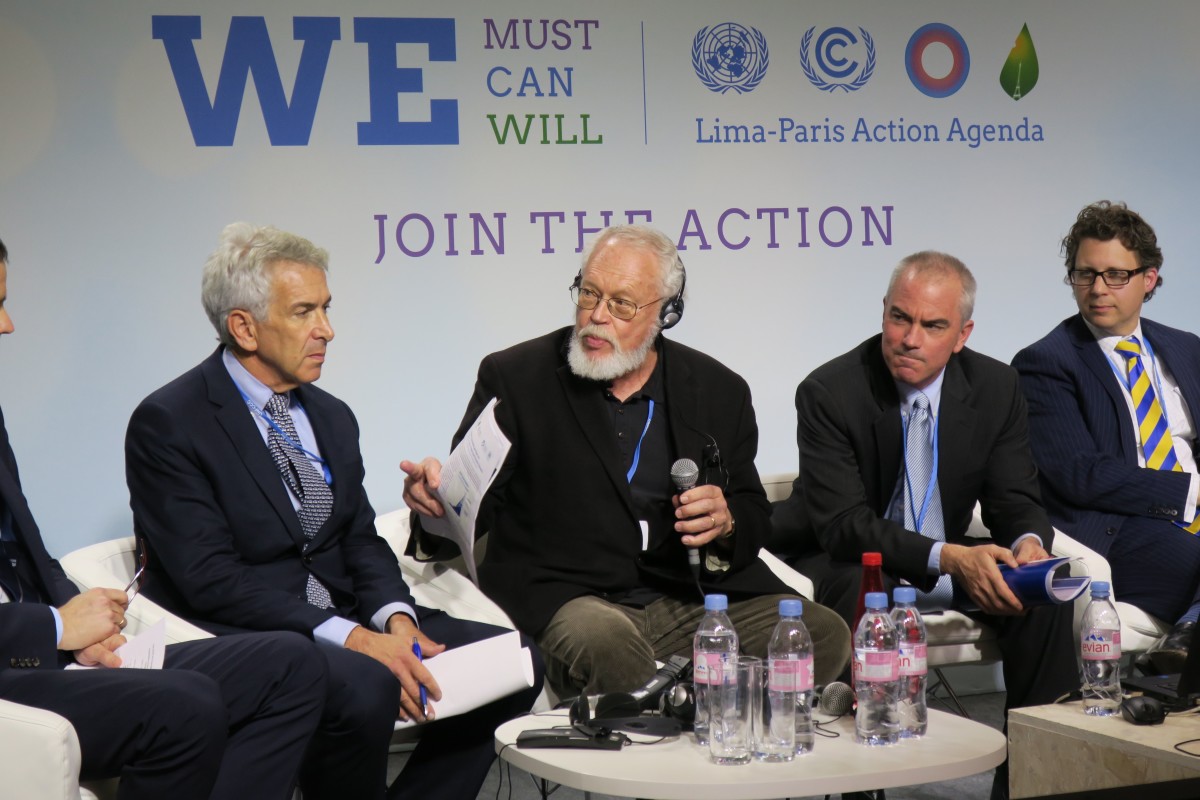COP21 Update: Focus on Short-Lived Climate Pollutants

Fast action by governments and industry could avoid 0.6C warming by 2050
Paris, 4 December 2015 - National delegations and private sectors committed to new and increased actions to reduce short-lived climate pollutants (SLCPS) at the COP21 climate conference today. Among the fast action initiatives announced under the Lima Paris Action Agenda (LPAA) were sector commitments to reduce hydrofluorocarbons (potent greenhouse gases also known as HFCs) by 30 to 50% in the next 10 years.
Panelist at the event included French Minister of Environment Ségolène Royal, Nobel Laureate Mario Molina, Distinguished Professor V. Ramanathan, Ministries from Russia, Chile, Kenya, Mexico, Togo, Maldives, and New Zealand, as well as regional and private sector representatives.
“It will be much easier to reach our 2°C goal if we deal not only with carbon dioxide but also with short-lived climate pollutants,” said Dr. Molina.
Short-lived climate pollutants, which include black carbon, HFCs, methane, and tropospheric ozone, contribute as much as 40% to the current warming rate. Because short-lived climate pollutants have a life span of only days to fifteen years, their mitigation benefits will be felt within days to a decade of implementation.
Short-lived climate pollutants, are also largely responsible for air pollution, which is the cause of 7 million deaths per year, according to the Climate and Clean Air Coalition (CCAC) and the World Health Organization.
“The CCAC will be the champion of the post-Paris pivot for fast mitigation,” said Durwood Zaelke, IGSD President and a moderator of the SLCP event today. “Aggressive cuts to short-lived climate pollutants could avoid up to 0.6°C of warming by mid-century, a significant part of the mitigation needed to keep the planet from warming more than 2°C above pre-Industrial levels.”